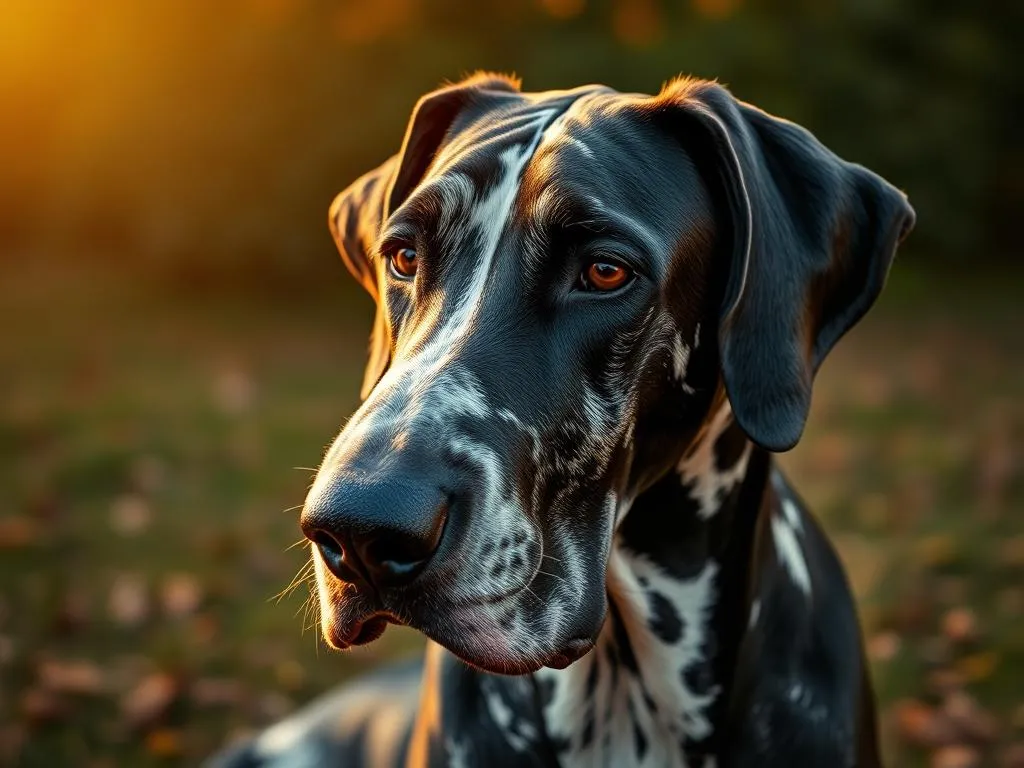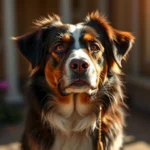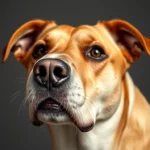
Introduction
Maintaining a dog’s health is crucial for ensuring their well-being and longevity. Dog health care encompasses a wide range of topics, from nutrition and exercise to preventive medicine and understanding reproductive health. Among the various aspects of canine health, reproductive health is a significant area of concern for pet owners, especially for those with female dogs.
Understanding the heat cycle in female dogs is essential for proper care and management. For Great Danes, a breed known for its size and unique health considerations, understanding when they go into heat can help owners prepare and provide appropriate care. This article aims to educate Great Dane owners about the heat cycle, its signs, and practical tips for managing their pets during this time.
Understanding the Heat Cycle in Dogs
What is the Heat Cycle?
The heat cycle, also known as the estrous cycle, is a recurring series of physiological changes that female dogs undergo to prepare for mating and potential pregnancy. The cycle consists of four distinct phases: proestrus, estrus, diestrus, and anestrus. Each phase plays a vital role in reproduction and varies in duration from one dog to another.
Average Age for First Heat Cycle
Most female dogs experience their first heat cycle between six months to one year of age. However, for larger breeds like Great Danes, the onset of the first heat cycle may be delayed, often occurring around 12 to 18 months of age. This variation prompts owners to be patient and attentive to their dog’s development.
Duration of the Heat Cycle
The average length of the heat cycle in dogs can range from two to four weeks, but this can vary among breeds. For Great Danes, the heat cycle may last approximately three weeks. Factors such as age, health, and environmental conditions can influence the duration of the cycle, making it essential for owners to monitor their pets closely.
Signs That a Great Dane is in Heat
Physical Signs
Recognizing the signs that a Great Dane is in heat is essential for proper management. Some common physical signs include:
- Swelling of the Vulva: One of the first noticeable changes is swelling in the vulva area, which may become more prominent as the cycle progresses.
- Changes in Discharge: During the heat cycle, a Great Dane may exhibit changes in discharge. Initially, the discharge may be bloody and then transition to a clearer or straw-colored fluid.
Behavioral Changes
In addition to physical signs, behavioral changes can indicate that a Great Dane is in heat:
- Increased Urination: Hormonal changes can lead to increased urination, as the dog may mark its territory more frequently.
- Changes in Temperament: Owners may notice their Great Dane becoming more affectionate, restless, or even irritable during this time.
When to Consult a Veterinarian
While many signs of heat are normal, there are instances when it’s crucial to consult a veterinarian. If a Great Dane displays excessive bleeding, signs of infection, or any unusual behavior, seeking professional advice is essential to rule out any health issues.
Stages of the Heat Cycle
Proestrus Stage
The heat cycle begins with the proestrus stage, which typically lasts around 7 to 10 days. During this phase, the following characteristics are observed:
- Swelling of the vulva
- Blood-stained discharge
- Increased attention from male dogs
During proestrus, the female dog is not yet receptive to mating, even though she may attract male dogs.
Estrus Stage
The next phase is estrus, which lasts approximately 5 to 14 days. This stage is characterized by:
- Changes in discharge, which may become lighter
- Increased interest in mating, as the female is now receptive
- Behavioral changes such as seeking out male dogs
This is the most critical period for breeding, as the female dog is fertile and can conceive if she mates.
Diestrus Stage
Following estrus, the diestrus stage occurs, lasting about 60 to 90 days. During this time:
- The dog’s body begins to prepare for pregnancy, whether or not mating has occurred.
- Signs such as decreased interest in male dogs and a return to normal discharge patterns are observed.
If the dog is pregnant, this stage is vital for fetal development. If not, the body prepares for the next cycle.
Anestrus Stage
Finally, the anestrus stage is a period of reproductive inactivity lasting several months. It is essential for overall reproductive health, as it allows the dog’s body to rest and prepare for the next cycle. During this stage, there are no visible signs of heat, and the dog returns to its usual behavior.
Care Tips for a Great Dane in Heat
Hygiene and Cleanliness
Maintaining proper hygiene for a Great Dane in heat is crucial. Here are some tips:
- Keep the Area Clean: Regularly clean the dog’s bedding and living space to prevent infections.
- Recommended Hygiene Products: Consider using dog-specific wipes or sanitary pads to manage discharge effectively.
Managing Behavior
As hormonal changes can lead to increased energy and restlessness, managing a Great Dane’s behavior during heat is essential:
- Exercise and Mental Stimulation: Provide adequate physical exercise and mental challenges to help alleviate pent-up energy.
- Handling Mood Swings: Be patient and understanding, as mood swings may occur. Offering comfort and consistency can help ease the transition.
Preventing Unwanted Mating
Unwanted mating can lead to unplanned litters and health complications. Here are some preventive measures:
- Supervision: Keep a close eye on the dog, especially during walks or playtime with other dogs.
- Use of Dog Diapers: Consider using specially designed dog diapers to contain discharge and prevent potential mating.
Health Considerations During Heat
Monitoring Health
Keeping an eye on your Great Dane’s health during the heat cycle is vital. Watch for these signs:
- Excessive bleeding or foul-smelling discharge
- Signs of pain or discomfort, such as whining or reluctance to move
- Changes in appetite or energy levels
If any concerning signs arise, it is essential to consult a veterinarian promptly.
Vaccinations and Health Checks
Regular health checks and vaccinations are fundamental to a Great Dane’s overall well-being:
- Importance of Regular Health Checks: Schedule veterinary visits before and after the heat cycle to monitor health and address any issues that may arise.
- Recommended Vaccinations: Ensure that your Great Dane is up-to-date on vaccinations, as certain vaccines can help prevent diseases that may affect reproductive health.
Spaying Considerations
Benefits of Spaying
Spaying is a significant decision for Great Dane owners. Some benefits include:
- Health Benefits: Spaying reduces the risk of uterine infections and certain types of cancers, improving the overall health of the dog.
- Impact on Behavior: Spaying can lead to a calmer demeanor and reduce heat-related behaviors, making life easier for both the dog and the owner.
Timing of Spaying
Determining the best time to spay a Great Dane can be a topic of discussion:
- Best Age to Spay: Many veterinarians recommend spaying before the first heat cycle for optimal health benefits. However, for larger breeds like Great Danes, spaying is often advised after the first heat to allow for proper physical development.
- Considerations Regarding Spaying: It’s essential to discuss the timing with your veterinarian, taking into account your dog’s health, behavior, and lifestyle.
Conclusion
Understanding when a Great Dane goes into heat is vital for their health and well-being. It allows owners to provide the necessary care and support during this significant time in their dog’s life. By recognizing the signs of heat, adhering to hygiene practices, and staying vigilant about health monitoring, owners can ensure their Great Danes remain healthy and happy.
Being informed about the heat cycle, including its stages and implications, empowers owners to make the best choices for their pets. Ongoing education and regular veterinary care play crucial roles in maintaining a Great Dane’s health, ensuring they lead a fulfilling life. Always consider consulting with a veterinarian for tailored advice regarding your dog’s reproductive health.









